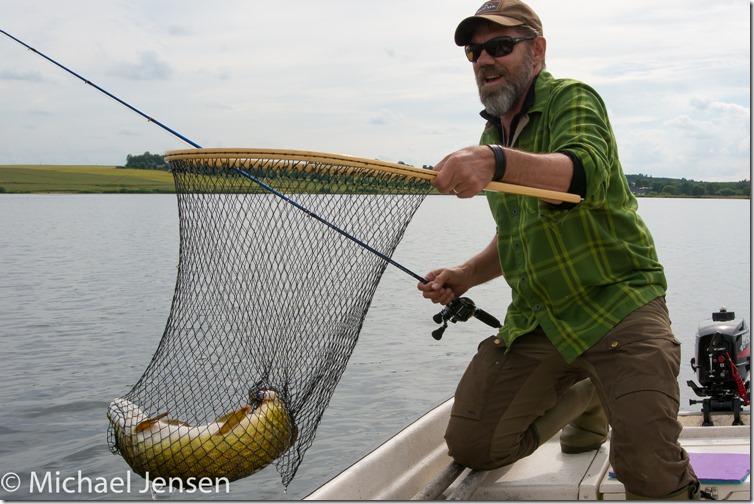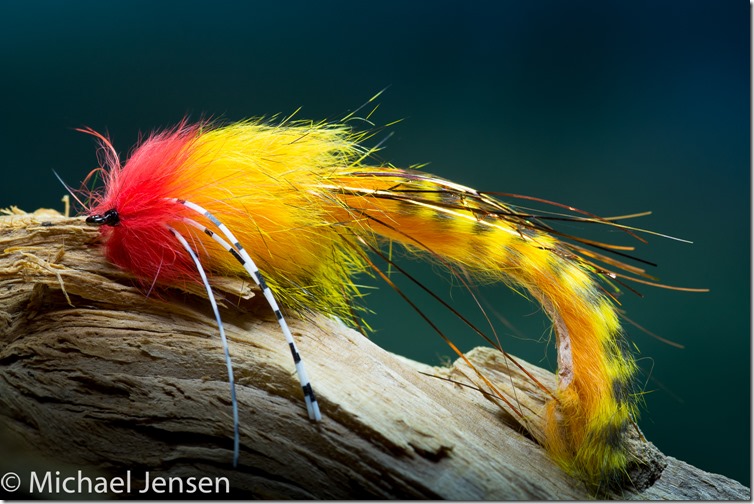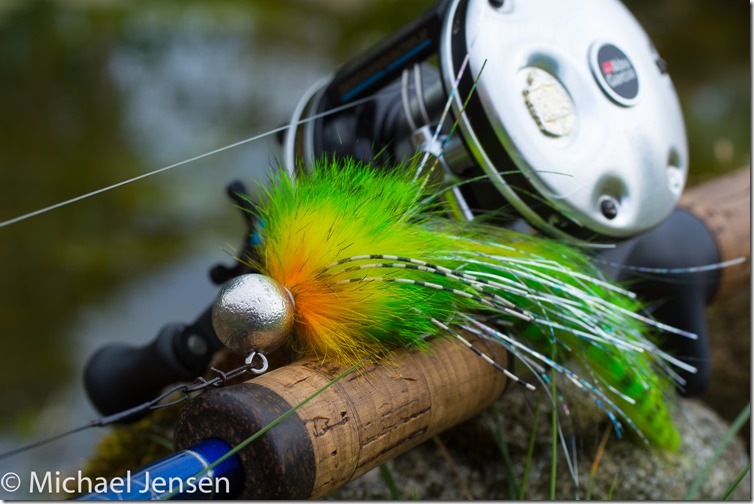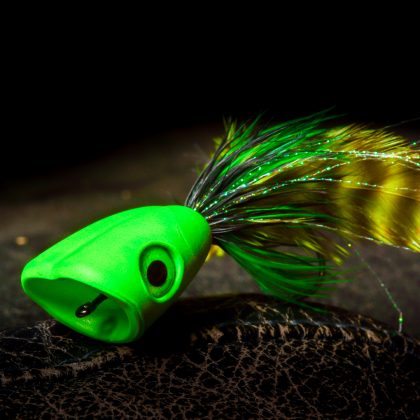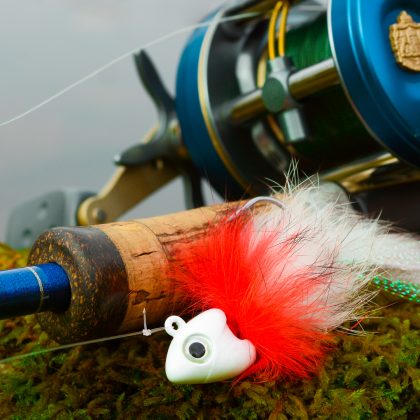It started in musky fishing circles and spread to pike and bass fishing: Jigging with Zonkers, Bunnies and other fur strip flies. It turned out that the undulating movement of a well-soaked fur strip proved irresistible to large predators. That was especially the case in hard fished catch and release areas. The predators that had seen a lot of wobblers, spoons, spinnerbaits and other hardware, were rather challenging and tried hard to keep their mouth shut – until a fur strip came along.
There are two ways of presenting the strips. When fish are in the shallows nothing really beats a Bunny or a Zonker fly fished on a fly rod using a floating or intermediate line. But when they are deeper on the drop-offs you will have to cast sinking lines all day – or grab a spinning or a baitcasting outfit plus a bunch of strip jigs.
More water means more weight
A point to remember is, that rabbit strips and other natural furs soak up a lot of water… adding weight to the lure, also during the cast. That’s a good thing if you are jig fishing – but not really desirable when you fish streamer flies.
The two approaches give very different swimming patterns on the lures. The fly, having nearly neutral density, can be fished extremely slowly hovering in really shallow water on the floating line.
The jig, being more heavy-headed, has a more erratic action, and more movement in the soft materials. It can be bumped along the bottom or fished in long gliding sweeps – and even have a lot of motion fished vertical right under the boat.
Make your pick
Both methods are great, and I choose tackle regarding of the conditions – and not out of a semi-religious belief that one is better or more sporting than the other. I am an all-round angler and enjoy fly fishing as well as spinning and baitcasting.
As for you: Make your pick… or pick both :0)
Michael


